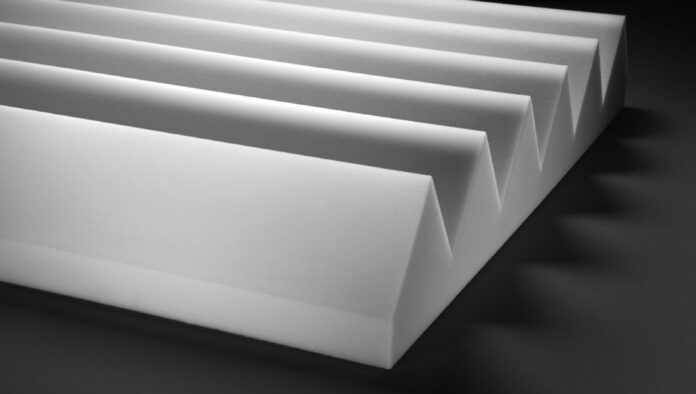In today’s world, the need for a peaceful and quiet environment is increasing at an alarming rate. With the constant noise pollution from our busy lives, it becomes essential to have a soundproof space that provides a serene and calm atmosphere for essential activities such as work, relaxation, or sleep. One of the most effective solutions to reduce noise and create a soundproof environment is the use of soundproof foam.
Soundproof foam is an excellent material that can absorb noise and prevent it from traveling to other areas. It comes in different shapes, sizes, and materials, each with its unique features and advantages. However, the effective use of soundproof foam requires the proper installation and application to maximize its potential.
- Determine the size and shape of the area to be soundproofed
When planning to use soundproof foam to effectively soundproof a room or area, it is important to first determine the size and shape of the area to be soundproofed. This will help in calculating the amount of foam needed so as not to waste purchasing excess foam or fall short in covering the entire area.
- Consider the type of sound you wish to block
When attempting to effectively use soundproof foam, it is important to consider the type of sound you wish to block. Not all soundproof foams are created equal, and some are better suited to blocking certain sounds over others. For example, some foams are designed specifically to block lower frequency sounds, such as the hum of a refrigerator or traffic noise, while others are better equipped to block higher frequency sounds, such as the screech of a whistle or the cry of a baby.
It is crucial to determine the type of sound that is most bothersome to you before choosing a particular type of soundproof foam. This will ensure that you are effectively blocking the specific noise you are trying to eliminate and not wasting your time and resources on foam that is not suited to your needs.
- Purchase appropriate soundproof foam
When it comes to soundproofing, one of the best investments you can make is purchasing appropriate soundproof foam. But what exactly is “appropriate”? Essentially, you want to ensure that you are buying foam that has been designed for soundproofing purposes specifically; regular foam will not be effective in blocking or absorbing sound waves.
Common types of soundproof foam include acoustic foam panels and bass traps, which are designed to respectively absorb high and mid-range frequencies, and absorb low frequencies. It’s important to do your research and choose the type of foam that is best suited for your particular needs and the type of sound you are trying to control.
- Install the soundproof foam following the manufacturer’s instructions
Installing soundproof foam is a crucial step in effectively reducing noise levels in any room. Before starting the installation process, it is important to carefully read and follow the manufacturer’s instructions, as each brand of foam may have specific guidelines for installation.
The first step is to prepare the area in which the foam will be installed by cleaning and drying the surface. Next, measure the space in which the foam will be placed to ensure you have enough foam panels to cover the area. It is also important to decide on the best placement of the foam for optimal noise reduction. Once everything is in place, you can begin the installation process by sticking the foam panels on the wall, ceiling or any other surface using a heavy-duty adhesive, following the manufacturer’s instructions.
- Test the soundproofing to ensure desired results are achieved
Achieving effective soundproofing is all about ensuring that the sound waves are absorbed by the correct materials in the right manner. Soundproof foam panels are designed to absorb and trap sound waves, preventing them from ricocheting off surfaces and producing echo or noise. However, improper installation may lead to less than satisfactory results.
One way to do so is by performing a sound test before and after installing the foam. This can be done by playing music or making noise in a room, then measuring the sound level using a decibel meter or other measurement tool. After installing the foam, perform the sound test again to see if there is a reduction in noise levels. If the results are not satisfactory, consider adjusting the placement or density of the foam to achieve the desired soundproofing effect.











